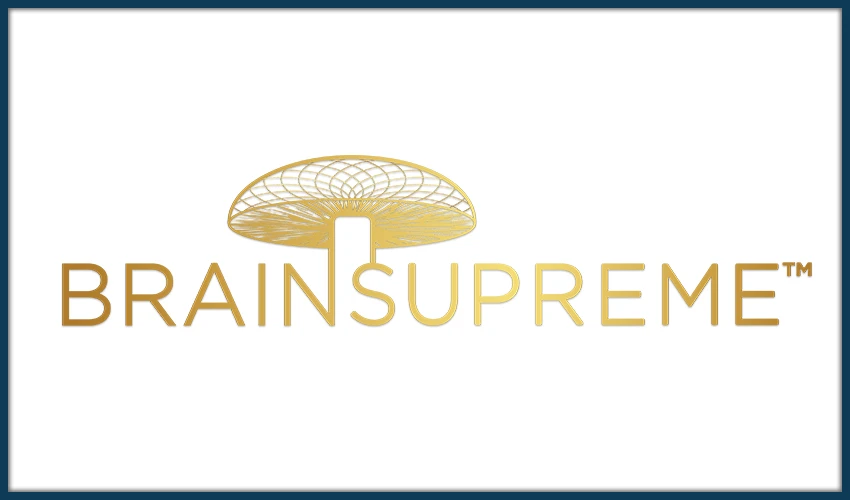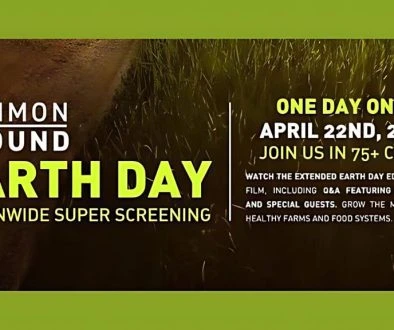Staying Sane In An Insane World And Why It Is Essential For Lasting Change
If you find yourself caught in a cycle of reactivity and hopelessness, here are some suggestions to help soothe your mind, heart, and soul.
(Carey Wedler) There are countless reasons to be stressed, angry, fearful, and all-around disheartened about the world and political systems that rule over it. Feeling this way is understandable and a healthy response to a dysfunctional, corrupted paradigm.
However, many who recognize the system’s failings and injustices—myself included—often become fixated on a seemingly endless stream of negativity. If you find yourself caught in a cycle of reactivity and hopelessness (and even if you don’t), here are some suggestions to help soothe your mind, heart, and soul:
1) Return to Nature
This may seem obvious, but sadly, many humans are detached from nature. Spending time in nature, whether to exercise, camp, meditate, garden, or simply be is deeply soothing. The realities of modern life tend to disconnect us from our natural rhythms—rhythms inextricably linked to those of the earth. Disconnecting from the constant barrage of information and dysregulating screen time to reconnect with nature is verifiably good for your health and well-being. If more people could reunite and ground with nature, the world would likely have a better chance at peace and harmony.
2) Soaking
In his book Hardwiring Happiness, Dr. Rick Hanson explains that due to the brain’s built-in negativity bias, it’s easy to fixate on unpleasant and upsetting information—whether in your life or the world. “Soaking” consists of consciously focusing your attention on something enjoyable in your present-moment reality (nature is a great place to do this!). While the news and daily life may be constant sources of stress, countless things in anyone’s day can bring joy—no matter how small and no matter how upset or tense you may feel.
Hanson writes that the focus of a soak can be simple—the comfort of a cushion you may be sitting on; a cool breeze while walking outside; a blooming flower or light shining through the leaves of a tree; the sound of a loved one’s voice; or the taste of a good meal or drink. Simply bringing your attention to these little delights and “soaking” in how it feels in your body reorients your brain to notice more experiences like it. This can help shift your overall life experience toward one of contentment, joy, and peace. It can even be done when you’re feeling down; in fact, that’s an ideal time to do it.
Each “soak” can be as short as about ten seconds. This can be done a handful of times throughout the day, though longer and more frequent soaking sessions are beneficial. This practice is an effective and easy way to shift perceptions by rewiring neural pathways toward positivity. The more you consciously do it, the more it happens unconsciously, as well. More comprehensive and intensive programs rooted in neuroplasticity and neuroscience can also be highly effective in easing stress and anxiety as well as chronic illness that stems from stress-based dysregulation.
3) Yoga
While the Western world tends to view yoga as a form of fitness, it is a much deeper, holistic system of practices rooted in self-actualization and inquiry, community, and spirituality. These practices include breathwork, singing and chanting, meditation, philosophy, and physical postures. Taken as a complete discipline, it is unsurprising that yoga is shown to foster physical, emotional, and spiritual well-being.
In the realm of physical yoga, there are many varieties, and most don’t require fancy arm balances. One of the best-known styles is “power” or “vinyasa” yoga, which is exceptional for building muscle and flexibility without damaging the body. Yin yoga helps release gripped fascia deep in the body and commands presence (often because tension in the body can be shockingly intense when you get into it). With deep stretching comes deep release and relief—as long as you respect your body’s limits and don’t force or jam yourself into a pose. If vinyasa and yin sound too intense, restorative yoga is a gentler option. It uses props like blocks and blankets to support your body, allowing for opening and release with less active effort. These classes and others can be done in person at yoga studios near you, which helps foster a sense of community. There are also many options online, both free and paid.
*A note for those who think they can’t do yoga because they’re not flexible: flexibility is not a requirement for yoga—it’s often a byproduct of it.
4) Meditation
Yoga can be meditative, and meditation is one part of the broader yogic system. While yogic meditations are a great practice to explore, other traditions of meditation abound. They include Buddhist meditation and secular styles that simply focus on stress reduction. Just as yoga is helpful for people who think they aren’t flexible, meditation is helpful for people who feel they can’t quiet their minds (and anyone else).
There is a wide variety of styles, from simple breath awareness and body scan (a yogic version of this is yoga nidra) to vipassana and loving-kindness, which helps practitioners extend compassion to themselves and the world and all of its sentient beings. It’s not always easy to drop into a quiet mind, but that is not really the goal. Rather, meditation helps bring mindful awareness to your experience. Sometimes that means simply observing that your mind is running wild and your body is physically tense or agitated—and meeting it with compassion rather than judgment. Over time, this focused awareness leads to sustained calm and well-being. Great resources for meditation include Insight Timer, the Barre Center for Buddhist Studies, and the Mindfulness-Based Stress Reduction program.
5) Volunteer
As helpful and vital as it is to go inward, it can also be powerful to go outward. Considering how dependent people have become on government for social services and assistance, now is a great time to dedicate energy and effort to helping your community if you are in a position to do so.
Whether it’s feeding the homeless, assisting the elderly, ill, or veterans, helping out at an animal shelter, or anything else, volunteering has many benefits. They include 1) helping others; 2) diminishing people’s reliance on the establishment’s often ineffective services; 3) adding purpose and satisfaction to your own life; and 4) breaking free of the prison of the mind and the stories we play over and over in our heads by being present and doing good for others. Research suggests people who volunteer experience higher levels of mental and emotional health.
6) Movement
It’s well documented that exercise is beneficial not only for physical health but also for mental and emotional health. While intense exercise that pushes your body’s limits is rewarding, cathartic, and highly worthwhile, movement doesn’t always have to be this challenging. Simply walking offers many benefits, and physical yoga practices also fall into this category. In another (and admittedly less studied) example, my recent experience at a rage room—where you can break all kinds of things using all kinds of tools—was deeply cathartic. While it may not suit everyone and can’t fix underlying causes of rage and anger, it is one of my favorite ways to release pent-up energy. The place where I tried the rage room also had ax-throwing, which gave me a surprisingly powerful physical release of the emotional stress stored in my body. Dancing is another effective and enjoyable way to promote inner peace.
Everyone is unique, and what works for one person—me or anyone else—may not work for you (this is not an exhaustive list; other examples include therapy if it’s accessible to you and psychedelics if you’re open to them). Whether anything in this list resonates or not, we as individuals and communities alike must start dedicating more energy and time to caring for ourselves and cultivating habits that bring us peace. Doing so is not only helpful for humanity at large but also integral to finding individual freedom, which is not just material and physical.
I strongly believe humans’ internal chaos, reactivity, and unconscious feelings drive widespread internal suffering, external harm, and so many of the world’s biggest problems. In my worldview, it makes perfect sense that humanity and the world will begin to change when we empower ourselves to heal—one by one and together.





